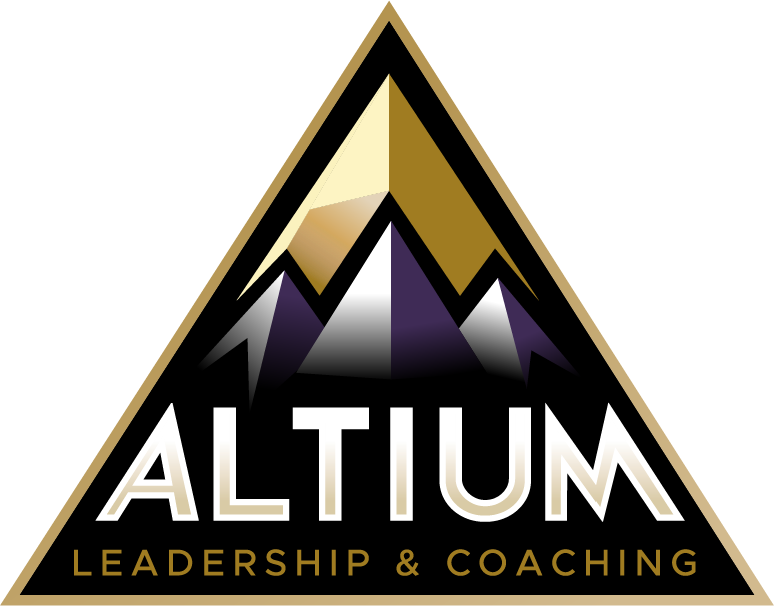Many business leaders and entrepreneurs are struggling right now. There are supply chain challenges, inflation, economic uncertainty, we are divided on political and social issues. Some are balancing hybrid work, talent shortages, etc. We are facing personal and professional mountains. Some of you may be focused on the challenges you are facing which may also lead to comparing yourself with others. You may see their success and wonder how they are succeeding or are so much further up the trail from you. These challenges and thoughts will lead to frustration, fatigue, and burnout. What can you do? These six strategies will help you climb!
I love to be out in nature. Last Saturday, my son and I climbed 3,700 ft to the top of Deseret Peak, not far from Salt Lake City, Utah. The summit is 11,030 ft. above sea level. The trail was nine miles up and back. I am getting older, and I weigh about 275. At 6’7” that is about 15 pounds more than I want. This was my first climb of the season, so combining my weight and age, I was not sure I was going to make it.
Are you, as a business leader, carrying too much of the business weight on your shoulders? Many of you have been doing the work of two and three people to make up for talent shortages. A focus on problems, which can become a habit, influences how you interact with teams. This can add tension and heaviness to the work environment which will negatively impact performance. Let’s climb that mountain!
Strategy #1 Visualize the Success You Want to Have
Starting out on the trail to climb the mountain, it was easy for me to look at the peak and focus on how hard it was going to be. Instead, I thought about how amazing it was going to feel to take in the view with my son. Think about where you want to be one to two years from now. Visualize where you will be. Visualize what successes you will have. What will your business look like? How will your team feel about you? How will the people in your personal life feel about you? One exercise that takes this farther is to visualize yourself at the end of your life. Now, think about what you want people to say about you? How did you make them feel? What were your priorities? How did you live? How did you work? How did you play? How did you take care of yourself and others? This will give you the energy to keep climbing. It will also help you self-examine about what you can improve.
Strategy #2 Take the Next Step
One challenge that comes with visualizing or having big goals is we may overwhelm ourselves with the enormity of the task. We may think we have to make massive changes. When we make goals too big, we can easily get discouraged. We forget to consider that the big goals are on top of everything else we already have to do. The BHAG (Big hairy audacious goal) is a bad idea. I have a goal to write a book. That is a big goal. When I focus on what it takes to complete my book, it feels overwhelming. Then it is easy for me to create excuses and procrastinate writing. When on the other hand I make a goal to write 20 minutes a day or about 2 hours a week, that is manageable. Twenty minutes a day is a small step. It is the next step. If I keep taking small next steps, I will be so much closer to my goal. It is very hard to make major personal, professional, or organization changes. You are more likely to succeed with incremental small next steps.
Strategy #3 Celebrate Progress
If I only celebrate when I reach my goals, I may quickly lose interest and the interest of my team. As I was climbing the mountain, my son and I would stop occasionally and look at the view. In some cases, I was surprised at how far and high I had climbed. Slow and steady progress can be deceiving while you are laboring. When I looked at my progress and took a minute to celebrate, to relax, and to refresh myself, It was so much easier to move on to the next phase of the mountain. I would go another distance and look back and celebrate our progress again. It made the effort so much more enjoyable. Some managers really struggle celebrating. Many are hyper goal focused and feel it is superficial to celebrate early, or they feel getting paid for the work is reward enough. Worse, some achieve the big goal and forget to celebrate before moving on to the next goal. When I say celebrate, it does not have to be a big deal. We looked at the trail and our new elevation. We ate some trail mix, took a few pictures and then got back to work.
Strategy #4 Encourage Others
It is so important to help others on their climb. You may not be aware what some of your team members may be facing. It is a wonderful idea to stop and learn what their goals are. Learn what is causing them pain or slowing their progress. Help remove obstacles, teach, or coach them how to improve. Encourage them in their progress. Listening to others helps build relationships of trust. You may find they encourage you so as you resume your own climb you are refreshed and inspired. One climber we met was a retired army human resources manager. She weighed 90 pounds and I noticed she had a can of bear spray. She loved to climb but her partner was unable to make the summit, so she went on alone. She was from Tennessee and was worried that she wasn’t big enough to deter a mountain lion or bear attack. She was encouraged to meet helpful people on the trail. It made her feel safe. It was also fun to share the summit with people we had developed relationships with on the trail.
Strategy #5 Continuous Improvement
Just because you celebrate progress, this does not mean you have to be satisfied. I was comparing my climbing time with what I did last year. I planned to be more prepared and lighter than the previous year. We also stopped to pick up trash on the trail. My children and I like to leave the trail better than we found it. We want to keep it beautiful for people who come after us. This is about process improvement. Share the lessons you have learned with others. Make the journey more enjoyable for them. This will enable a focus on new or different challenges, building on the foundation you have laid.
Strategy #6 Use tools and Systems
Because of my size, age and weight, my knees and back experience a great deal of strain and stress when I hike. I use tools to help reduce the stress like knee braces and hiking poles. These tools allow me to go farther than I could without them. Not only can work be stressful because of demands inherent in your work, but you may experience stress and trauma from what you see, read, or hear on the news. Or there may be real trauma because of health, financial, relationship, or other challenges. Under these conditions, it is difficult to focus. Take a moment to consider what systems and/or tools you have to support and sustain you on your climb. Are you using your calendar, your CRM, and other management software to your benefit? These tools can take a load off and give you some breathing room. The tools help you be more productive longer and under more difficult circumstances.
When we understand the stress many of us are experiencing, we can move forward visualizing where we want to be and what we want to achieve. Celebrate the incremental wins in the right direction. Pretty soon, you will look back and be amazed at how far you have climbed!

